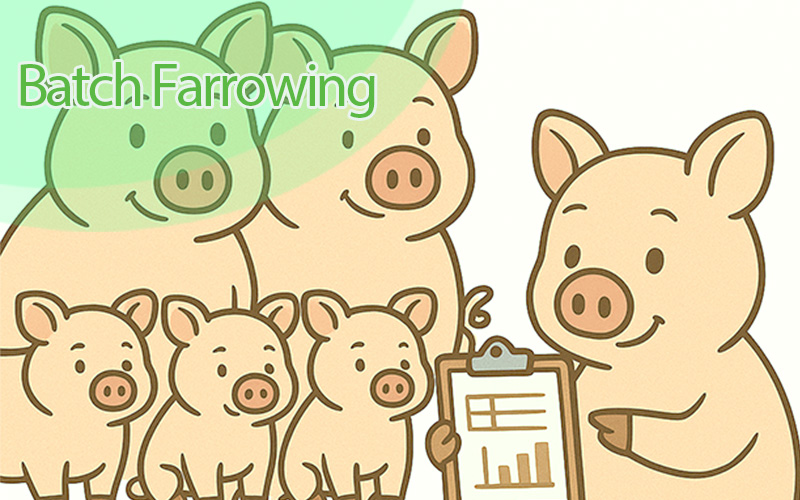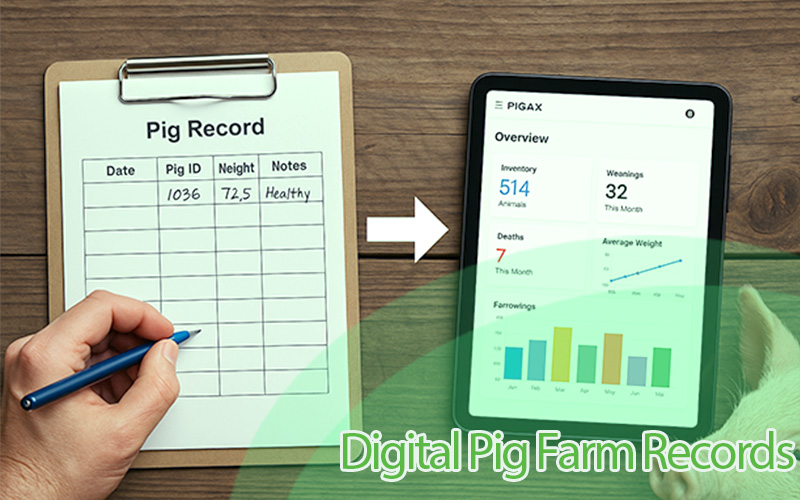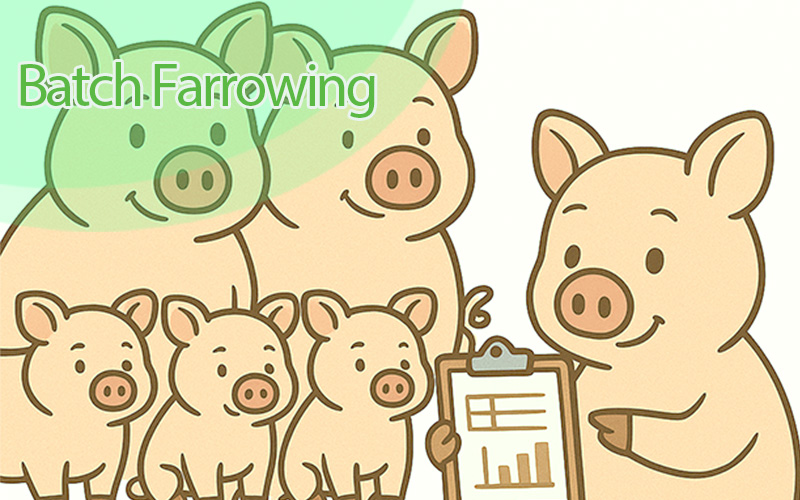The Secret to Tracking Pig Costs Accurately
Tracking the costs associated with raising pigs is crucial for any successful farming operation. Accurate cost tracking not only enhances profitability by helping you manage expenses, but also aids in making informed decisions about feed, health care, and breeding practices. It holds the secret to successful financial management in the piggery business.
This guide will explore how to meticulously track and manage your pig farming costs.
Understanding Pig Farming Costs
Understanding and categorizing the costs involved in pig farming are the first steps towards efficient management. These costs could be feed costs and vet management costs.
Feed Costs are typically the largest expense in pig farming. Monitoring what, how much, and how often pigs are fed is vital.
Veterinary Care and Health Management cost is incurred to ensure pigs are kept healthy, reduce long-term costs, and boost productivity, making health expenses a critical focus area.
Choosing the Right Tracking Tools
While manual tracking methods can be useful, software solutions offer precision and ease of use. After comparing various options, Pigax stands out as the best software for tracking pig costs. It provides an easy approach to mastering piggery management and offers user-friendly interfaces and robust data analysis tools that cater specifically to the needs of pig farmers.
Key Metrics to Track with Pigax
With Pigax as your pig management software, you can track pivot metrics on your piggery operation. Here are some important metrics that can be tracked to improve productivity:
Daily Feed Intake: This helps in managing feed costs effectively.
Weight Gain Over Time: Tracking growth rates can help optimize feeding strategies.
Health and Veterinary Expenses: Regular monitoring helps in the early detection of issues, potentially reducing costs.
Cost Tracking Procedures
The procedures involved in tracking the cost of your pigs must be followed to arrive at the best results and improve the efficiency of your piggery operation. Here is the step-by-step process involved in tracking and utilizing pig costs on the farm.
Cost Data Collection
Effective data collection is key to leveraging the full potential of any tracking system. Regular updates on weights and health statuses are crucial. Establishing a routine for these checks ensures data accuracy.
Analyzing and Interpreting Cost Data
Analyzing collected data effectively allows you to understand and optimize your cost structure. You can analyze data by Interpreting the Cost Per Pound of Weight Gain. This can be calculated by dividing total costs by the pounds of weight gained. It's a critical measure of feed efficiency and overall cost-effectiveness.
Another way you can analyze data is by Identifying Trends and Patterns influenced by seasonal effects on feed costs or growth rates and adjusting your strategies accordingly.
Optimizing Costs
With data in hand, you can begin refining your processes to reduce costs without affecting productivity. For example,
You can tailor pig diets based on growth stages and optimize feed use and cost.
You can also Implement preventive health measures to drastically cut down on veterinary bills and improve overall herd health.
Conclusion
Accurate cost tracking is essential for the profitability and sustainability of pig farming. By applying the strategies outlined in this guide, farmers can gain greater control over their operations and financial outcomes. Engage with a community of farmers and continue learning and sharing to grow together.




